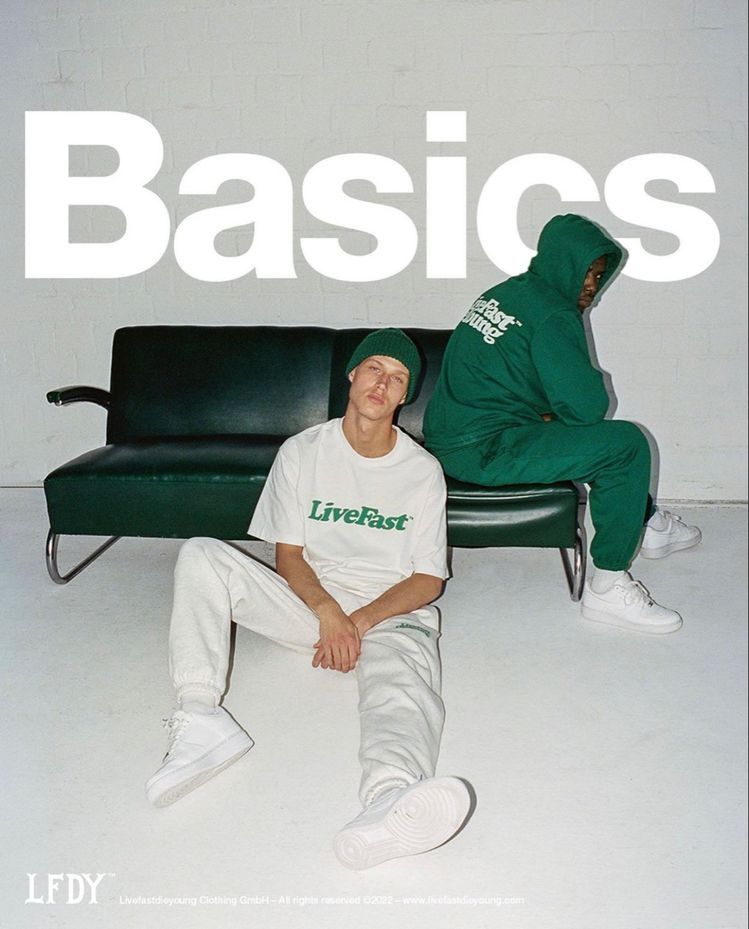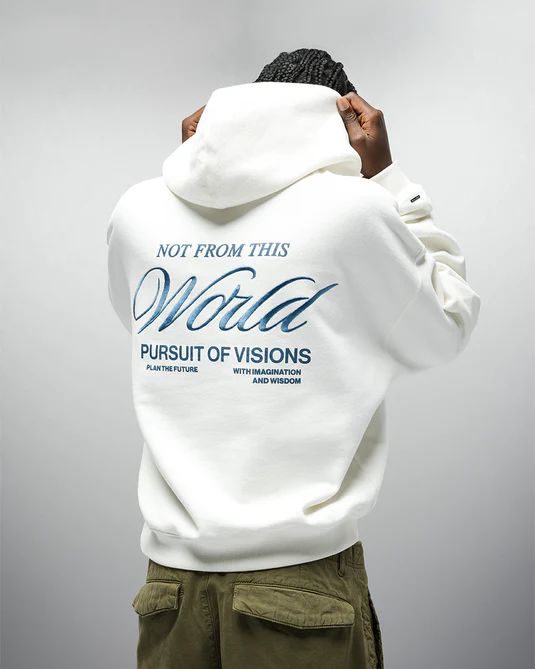Introduction: The Humble Tee That Speaks Volumes
If there is one garment that transcends cultures, genders, and generations, it is the T-shirt. Once a symbol of undergarment simplicity, the T-shirt has evolved into one of the most powerful tools of self-expression in modern fashion. Today, a T-shirt is not just a piece of fabric — it is a wearable canvas for identity, politics, art, music, and culture. Whether plain white, emblazoned with a bold slogan, or carrying the logo of a luxury brand, T-shirts communicate a message before the wearer even speaks.
This article explores how the T-shirt became more than just a basic wardrobe essential. It became a universal language of style — one that adapts to shifting cultural tides while remaining timeless in design.
Origins: From Workwear to Everyday Wear
The story of the T-shirt begins in the early 20th century when it was introduced as an undergarment for American soldiers. Lightweight and breathable, it quickly became popular among the working class and athletes for its practicality.
By the mid-20th century, Hollywood icons like Marlon Brando in A Streetcar Named Desire and James Dean in Rebel Without a Cause turned the plain white tee into a symbol of youthful rebellion. What was once underwear became outerwear — and a cultural statement.
The Rise of Graphic Tees
The 1960s and 70s were the decades that catapulted the T-shirt into new territory. With advancements in screen-printing technology, the T-shirt became a tool for communication. Slogans, political statements, and band logos turned this simple garment into a bold medium of expression.
- Political slogans: Anti-war and civil rights movements adopted T-shirts as wearable protest signs.
- Music and band culture: Rock bands like The Rolling Stones and The Ramones popularized the band tee as a badge of belonging.
- Counterculture: The punk movement embraced DIY customization, ripping and painting T-shirts to challenge mainstream fashion.
The Luxury T-Shirt
By the late 1990s and early 2000s, luxury fashion houses recognized the power of the T-shirt. Designers like Giorgio Armani and brands like Gucci began elevating the basic tee into a high-fashion staple. Minimalist tees with premium fabrics and subtle logos became symbols of understated wealth.
In streetwear, Supreme and Off-White turned graphic tees into highly sought-after collectibles. Drops would sell out in minutes, creating a resale market where some tees were worth hundreds, even thousands, of dollars.
The Tee as a Global Language
Today, the T-shirt is more than clothing — it’s a universal communicator. Whether it’s a slogan tee worn in a protest march, a band tee at a music festival, or a plain white tee in a minimalist wardrobe, the message is clear: T-shirts are cultural currency.
Styling Versatility
- Streetwear: Oversized tees paired with baggy jeans and sneakers.
- Luxury minimalism: Crisp plain tees tucked into tailored trousers.
- Summer casual: Shorts, sandals, and a graphic tee for relaxed weekends.
- Workwear modernized: Blazers layered over a fitted tee for a smart-casual twist.
Conclusion
The T-shirt has grown from humble beginnings into a fashion phenomenon. Its adaptability, accessibility, and expressive power make it an enduring essential. More than fabric, more than fashion — the T-shirt is a language of modern style.



